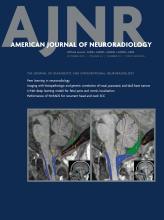This article requires a subscription to view the full text. If you have a subscription you may use the login form below to view the article. Access to this article can also be purchased.
Abstract
BACKGROUND AND PURPOSE: The frequency and utility of gadolinium in evaluation of acute pediatric seizure presentation is not well known. The purpose of this study was to assess the utility of gadolinium-based contrast agents in MR imaging performed for the evaluation of acute pediatric seizure presentation.
MATERIALS AND METHODS: We identified consecutive pediatric patients with new-onset seizures from October 1, 2016, to September 30, 2021, who presented to the emergency department and/or were admitted to the inpatient unit and had an MR imaging of the brain for the evaluation of seizures. The clinical and imaging data were recorded, including the patient’s age and sex, the use of IV gadolinium, and the underlying cause of epilepsy when available.
RESULTS: A total of 1884 patients were identified for inclusion. Five hundred twenty-four (28%) patients had potential epileptogenic findings on brain MR imaging, while 1153 (61%) patients had studies with normal findings and 207 (11%) patients had nonspecific signal changes. Epileptogenic findings were subclassified as the following: neurodevelopmental lesions, 142 (27%); intracranial hemorrhage (traumatic or germinal matrix), 89 (17%); ischemic/hypoxic, 62 (12%); hippocampal sclerosis, 44 (8%); neoplastic, 38 (7%); immune/infectious, 20 (4%); phakomatoses, 19 (4%); vascular anomalies, 17 (3%); metabolic, 3 (<1%); and other, 90 (17%). Eight hundred seventy-four (46%) patients received IV gadolinium. Of those, only 48 (5%) cases were retrospectively deemed to have necessitated the use of IV gadolinium: Fifteen of 48 (31%) cases were subclassified as immune/infectious, while 33 (69%) were neoplastic. Of the 1010 patients with an initial noncontrast study, 15 (1.5%) required repeat MR imaging with IV contrast to further evaluate the findings.
CONCLUSIONS: Gadolinium contrast is of limited additive benefit in the imaging of patients with an acute onset of pediatric seizures in most instances.
ABBREVIATIONS:
- ACR
- American College of Radiology
- GBC
- gadolinium-based contrast
- SPR
- Society for Pediatric Radiologists
- © 2023 by American Journal of Neuroradiology







